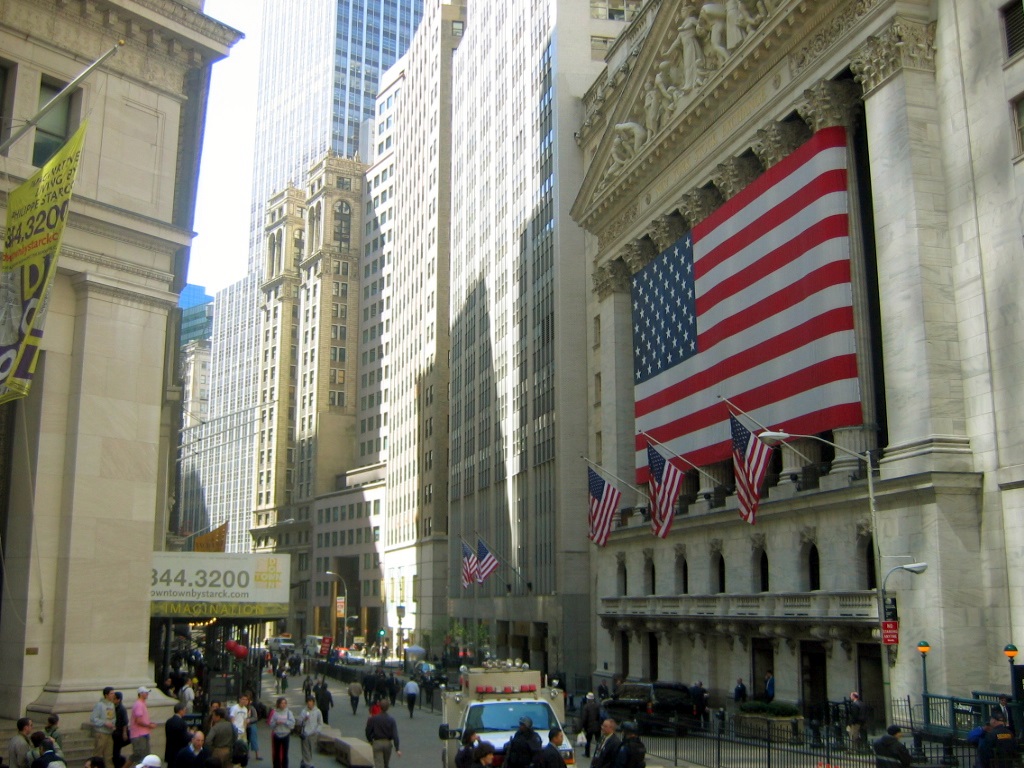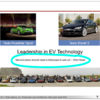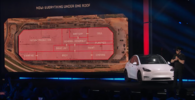After WW2, American armed forces and other Allied powers continued occupying Japan, helping rebuild Japanese society and industry, in part due to a desire to increase American influence in East Asia and prevent Japan from descending into communism under Soviet shadow control, as eventually happened in North Korea, China, Mongolia, Vietnam and many other Southeast Asian nations. In 1947, General Douglas MacArthur requested that a statistician named Dr. William Edwards Deming be transferred to Japan to help the government census in Japan and to help with rebuilding Japan in general. Deming had an academic background in physics and mathematics at Yale and prior to his first trip to Japan he had been working for the US Census Bureau helping them implement much better internal quality processes and statistical sampling techniques.
Twenty years prior, Deming had learned radical new techniques and management frameworks while working at Bell Labs with Walter Shewhart, a fellow physicist who had pioneered modern statistical process control. As physicists who came of age in an era during which the very philosophical foundations of science were being questioned question as theories like Relativity and Quantum Mechanics were coming into vogue, both men had a keen intellectual interest in epistemology, the study of where knowledge comes from. As scientists by training, both also possessed the skills and mathematical understand to actually apply the Scientific Method correctly. They transferred this knowledge and mindset into their ideas for improving organizational processes with rigorous empirical techniques. Deming was enamored with Shewhart's ideas and helped Shewhart develop them further. By the time the war happened, Deming had gained a substantial reputation, especially within the federal government after having improved efficiency at several departments and especially during the war when he trained many American workers on quality improvement.
At the time, Japan had a well-deserved reputation for producing junk. They had serious problems with quality and low productivity, and so the Japanese Union of Scientists and Engineers had keen interest in improving. Meanwhile, North America was the only area of the world with advanced industrial capacity that hadn't been damaged by the war, and America in particular had undergone a revolution in quality management and statistical process control in the years leading up to WWII and then especially during the war when production was mission-critical and they had to figure out how to quickly get women trained and up to speed on the production lines. Many of the techniques of acceptance sampling and statistical process control developed during this period are still in use today, and I personally used them while at Boeing. Deming himself was quite influential in the spread of these techniques for supporting the war effort. The Japanese, humbled after losing the war, were ready to learn from what others, particularly the Americans, were doing so much better than they were. Meanwhile, the Americans took a turn away from what had helped make the war production effort so successful, and they began focusing less on quality and more on piece cost reduction and cranking out maximum production quantity at the expense of everything else. This appeared to work for a while, largely because of the USA having overwhelmingly the best postwar industrial capacity which fed the immense demand from American allies whose factories and roads had been leveled by bombs, and also because of the cheap domestic American oil and coal of the 20th century. Japanese engineers and industrial leaders frequently visited America during this time and absorbed knowledge from industrial titans like Ford, Bell, and Westinghouse, and even American retail and grocery stores.
So, while working for the US government rebuilding efforts in Japan, in 1950 Deming received requests from the Japanese Union of Scientists and Engineers to give lectures and hold seminars on quality and statistical process control with engineers and leaders of industry within Japan. The lectures were a smashing success and demand for his services within Japan continued to grow throughout the 50s. Deming's teachings ended up being extremely influential in shaping the postwar Japanese economy and business culture and he became a national hero. Joseph Juran had a similar story a few years later, and he too taught the Japanese novel management techniques for quality management after receiving an invitation from JUSE. Deming and Juran's work was a crucial factor in Japan's post-WW2 economic miracle from 1950 to 1980, during which Japan rose from a disgraced and demolished nation to having the world's 2nd largest and most productive economy after the USA. Among the people enthusiastically following the advice were the leaders of Toyota.
Taiichi Ohno was the industrial engineer and later executive who was the primary architect of the Toyota Production System. While there is no evidence of a direct link between him and Deming, the TPS clearly came from the quality culture within Japan that Deming fostered almost single-handedly, and we can see that in the clear links between the principles Ohno inculcated into Toyota employees and managers. Additionally, Toyota has directly said that they were implementing Deming's teachings during their spectacular, disruptive rise to the top of the automotive industry. According to the Deming institute (
link), "Years later, in 2005, Dr. Shoichiro Toyoda, Chairman and former President (1982-1999) of Toyota, accepted the American Society for Quality’s Deming Medal. In doing so, he offered:
“Every day I think about what he meant to us. Deming is the core of our management.” In that speech, Toyoda also said:
The revolutionary changes within Toyota in the 1950s transformed the company from a nearly bankrupt manufacturer of unreliable junky cars to the global champion of the automotive industry and arguably of the entire manufacturing sector of the global economy.
Notably, Ohno pushed Toyota to operate much like Tesla operates today, as illustrated by his "Ten Precepts":

en.wikipedia.org
This has clear parallels with how Tesla operates. For example:
- Sleeping at the factory, putting all engineers next to the production line, requiring everyone to spend less time in meetings and more time directly engaging with the product
- "I'd rather be optimistic and wrong than pessimistic and right."
- "Optimism, pessimism, f*** that; we’re going to make it happen. As God is my bloody witness, I’m hell-bent on making it work."
- "I don't ever give up. I mean, I'd have to be dead or completely incapacitated."
- Jumping right into trying ideas immediately, almost pathologically impulsive innovation and impatience (e.g. Deciding to start the Boring Company, immediately planning for buying a boring machine and digging in the SpaceX parking lot, then actually starting work just five months later.)
- Use of relatable analogies, humor, and repetitive mantras like "Prototypes are easy. Manufacturing is hard."
- "Don’t delude yourself into thinking something’s working when it’s not, or you’re gonna get fixated on a bad solution."
- "The worst mistake smart engineers make is optimizing something that shouldn't exist"
- Continual optimization, making changes at astonishing rate
- Empowering all employees to make suggestions, decisions and actually be heard by management










